Amir Khan has had 15 title fights since 2007 and his welterweight debut against Luis Collazo at MGM Grand on Saturday was no exception. His opponent was strong and game but somewhat limited as a boxer and was expected to test Khan’s ability to deal with raw power and aggression.
Khan showed progress in the way he used his speed. His fast footwork did not appear to be chaotic like in previous outings and maneuvered him in proper range and correct angle towards the heavy handed southpaw Collazo. His hand speed was purposeful this time; he delivered sharp straight shots from comfortable range combined with good movement and defensive alert. The bulky and menacing Collazo was dazzled by the fast and accurate combos and constant motion of his opponent while he was looking for an opening and trying to walk Khan down to the corner.
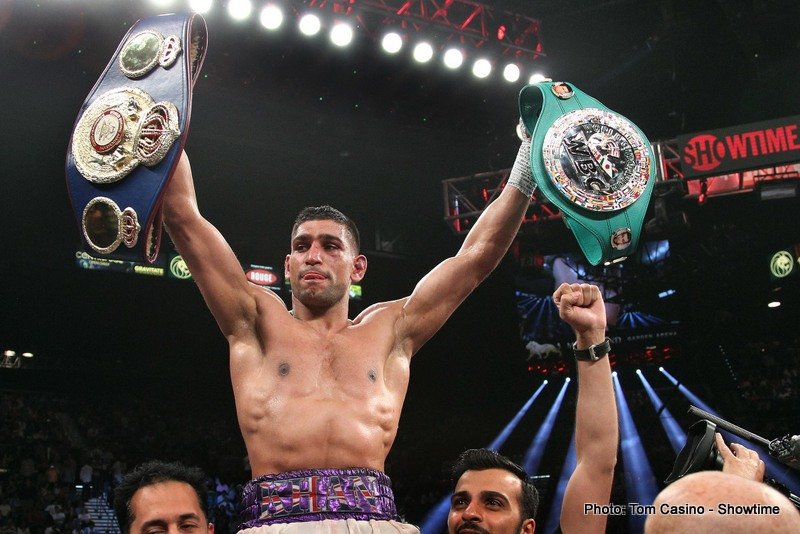

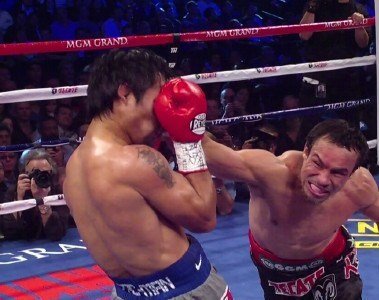
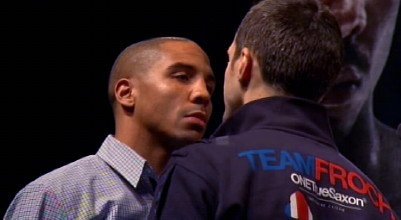

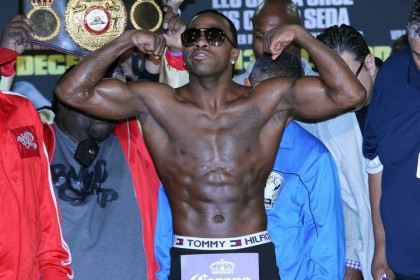 Adrien Broner vs. Marcos Maidana attracted a record number of viewers according to the host network and it provided an answer to the question whether a character like Adrien Broner is good for boxing. It also answered the question whether Broner is a great boxer as the hype (mostly self-propelled) claimed.
Adrien Broner vs. Marcos Maidana attracted a record number of viewers according to the host network and it provided an answer to the question whether a character like Adrien Broner is good for boxing. It also answered the question whether Broner is a great boxer as the hype (mostly self-propelled) claimed.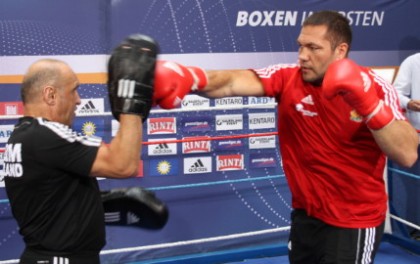 Joey Abell filled in for injured Sherman Williams on a week’s notice and faced undefeated Pulev in Neubrandenburg, Germany on Dec. 14. The IBF intercontinental title and Pulev’s hard-gained number 1 IBF ranking were at stake.
Joey Abell filled in for injured Sherman Williams on a week’s notice and faced undefeated Pulev in Neubrandenburg, Germany on Dec. 14. The IBF intercontinental title and Pulev’s hard-gained number 1 IBF ranking were at stake.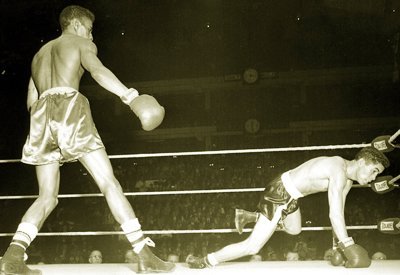 Now that amateur boxing is on the brink of extinction (check out “The Prince and the Pauper” article), we might take a look back at it before amateur boxers turn into free lance Olympic semi-professionals. Amateur and professional styles have their specific flavors but it is still boxing and the two styles (in fact there are many) may not be as different as they seem to the naked eye.
Now that amateur boxing is on the brink of extinction (check out “The Prince and the Pauper” article), we might take a look back at it before amateur boxers turn into free lance Olympic semi-professionals. Amateur and professional styles have their specific flavors but it is still boxing and the two styles (in fact there are many) may not be as different as they seem to the naked eye.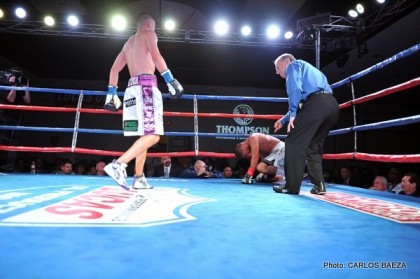 Some highly regarded boxing experts and pundits are still using the term “amateur” in a derogatory sense towards boxers. They fail to notice that the word has a totally different meaning when applied to boxing and appear to be the amateurs per se.
Some highly regarded boxing experts and pundits are still using the term “amateur” in a derogatory sense towards boxers. They fail to notice that the word has a totally different meaning when applied to boxing and appear to be the amateurs per se.